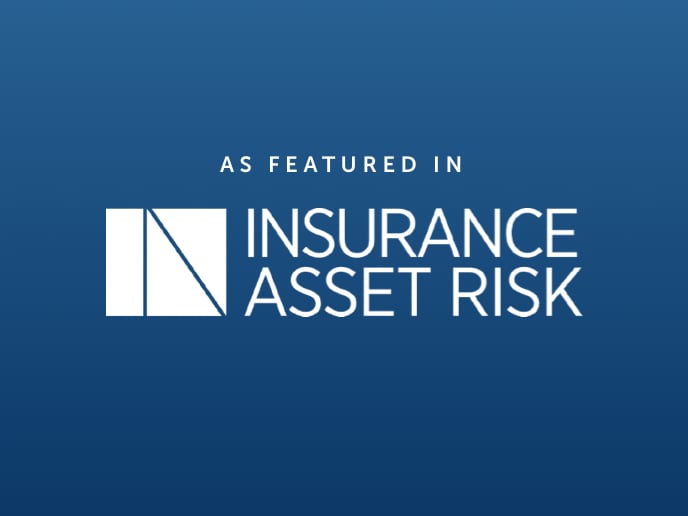Infrastructure Debt: The Long Game
A core asset class for insurance balance sheets throughout the economic cycle.
Discipline and perspective are important during times of economic uncertainty, particularly for long-term investors such as insurers. For us, this means going back to the basics of credit investment and insurance balance sheet management. Infrastructure debt, with its defensive fundamentals and in-built stability throughout the economic cycle, presents an attractive case in the current climate.
Zooming out of recent market volatilities, we see that the broader context of global development also points toward a large opportunity set in infrastructure investment. In March 2025, the American Society of Civil Engineers (ASCE) estimated that the U.S. will have a $3.7 trillion investment gap in infrastructure over the next 10 years if current investment levels continue—out of a total €9.1 trillion of funding needed.1 The gap is not isolated to the U.S. In Europe, for instance, the 2024 Draghi report, led by former European Central Bank chief Mario Draghi, urged for an additional annual infrastructure spending of €750-800 billion above planned levels to meet European objectives.2
Governments around the world are rising to the challenge. Recently, for example, Germany made headlines when it broke with fiscal conservatism and committed to setting up a €500 billion infrastructure investment fund in a bid to revitalize the German economy. However, given the scale of the need, much of infrastructure investment will need to be funded by the private sector.
While demand for capital is rising, supply is not catching up. Bank retrenchment continues on both sides of the Atlantic, and in 2024, infrastructure dry powder as a proportion of assets under management hit a new historical low of 24%.3 This confluence of supply-demand dynamics, and the natural fit of infrastructure debt for insurance balance sheets, point to an appealing opportunity for insurers today.
1. Source: ASCE’s 2024 Bridging the Gap study.
2. Source: European Commission. As of September 9, 2024.
3. Source: Preqin. As of 2024.






